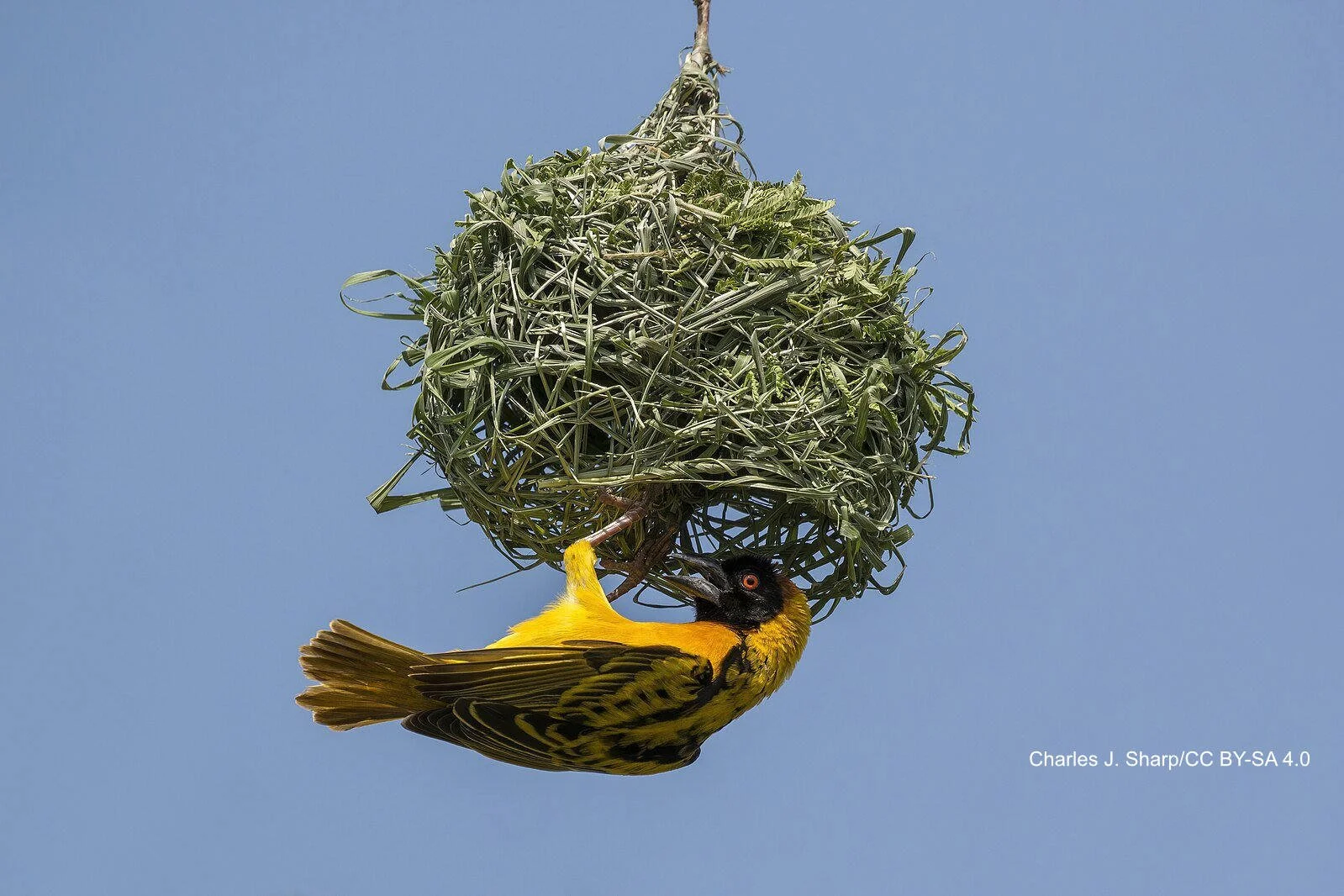This year the Connecticut State Legislature is meeting in a “long session”. Audubon has several areas in which legislation is sought to protect birds and the places they need. Among these are legislation regarding:
Regulating neonicotinoids for non-agricultural use
Expanding nature based solutions
Protecting vulnerable communities from climate change by supporting urban forestry and community interest in tree planting and maintenance, parks, and/or community gardens in densely populated areas
Join us as we host Robert LaFrance, Director of Policy for Audubon Connecticut, for a discussion of these and other legislative initiatives and learn what you can do to help getting them passed. Before joining Audubon, Rob had a long career with DEEP as its legislative liaison and brings long relationships with legislators to Audubon.
The Shepaug Dam Bald Eagle Observation Area has provided visitors with views of wintering Bald Eagles for 30 years. The Shepaug Hydroelectric Station keeps the water below the dam to be ice-free in winter and the churning water brings fish close to the surface making it a place that Bald Eagles are able to find food in the coldest of winter.
We will be at the observation area for about an hour. There are no facilities besides porta-potties. Dress warmly in layers. Bring lunch, binoculars, and cameras.
The drive time between Shepaug Dam and the Menunkatuck chapter towns is between 45 and 75 minutes.
Space is limited to 20 participants so reservations are required. For more information email Carl Harvey at carl@menunkatuck.org.




Join Menunkatuck Audubon Society as we participate in the 126th Audubon Christmas Bird Count. Every year, Christmas Bird Count volunteers gather valuable data on winter bird populations that support scientific research and help regulatory decisions. Christmas Bird Count data was used in the recent Audubon climate report, Survival by Degrees, and is also used for the Bird Migration Explorer.
How to get involved: Birders of all skill levels are welcome to join! More experienced birders may be designated as team leaders, while those with less experience will be paired with an appropriate leader. Anyone residing within the count area can contribute “Feeder Watch” data from their own property. We also need volunteers to assist with publicity, data collection, providing refreshments, and various other tasks.
For more information, please get in touch with Sue Stark (sue@menuntatuck.org).
You can register to participate here.
To view a map of Menunkatuck’s Christmas Bird Count Circle, please visit: menunkatuck.org/christmas-bird-count.